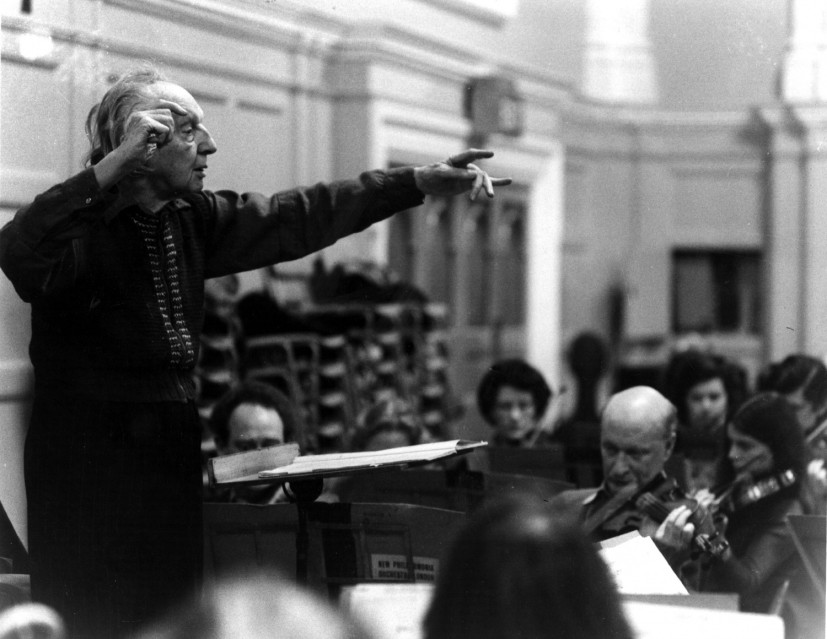The typical orchestra seating plan places violins directly adjacent to the left side of a conductor and violas to his or her center left, while the woodwind and percussion sections sit behind. On the right side, the cellos and double basses are located, with the brass section behind.
This wasn't the case over a century ago as the usual formation found the second violin section sitting where you'd find the cellos in most orchestras today, as opposed to being next to the first violins.
18th and 19th-century composers like Mozart, Elgar, and Mahler seated the instruments this way to achieve an "antiphonal" effect, or a conversational sound that is achieved by having the instruments stationed apart.
You can best hear it in Mozart's "Symphony No.41, Jupiter" as played by the Berliner Philharmonics in a video right below.
But the question persists: "Why is an orchestra set up the way it is?"
Well, the answer lies in the transition and it isn't a gradual adoption but rather was introduced in a jarring innovation by the mid-20th-century conductor of the famed Philadelphia Orchestra.

Leopold Stowolski and the 'Stowolski Shift'
Best known for his time conducting the Philadelphia Orchestra during Disney's heyday in the 1940s, especially his work on the animation studio's monumental film: "Fantasia," which changed the way orchestras operated for good.
In particular, Stowolski zeroed in on the previous seating layout and how it could be improved in terms of sound blending and projection, experimenting radically with a variation of layout plans.
"On one occasion, he horrified Philadelphians by placing the winds and brass in front of the strings," said Courtney Lewis, music director of the Jacksonville Symphony Orchestra, in a statement. The board was outraged, arguing that the winds 'weren't busy enough to put on a good show'."
By the 1920s, however, Lewis said that Stowolski encountered a breakthrough where he "arranged the strings from high to low, left to right" under the logic that placing all the violins in one place helped the instrumentalists to hear each other better.
This seat arrangement would then sweep across the country in what is now called the "Stokowski Shift," being adopted by ensembles all over.
Why is this particular orchestra layout important?
For one, having the group of violins together at the front makes it so that the audience hears them better, especially stacked up against the enormous-sounding tubas at the back.
This is also the reason why string instruments trump other instrument classes in numbers, because of their relative "quietness" in comparison.
Because of this, it may be another hundred years or more before we get a highly-adopted variation on the current Stokowski standard.